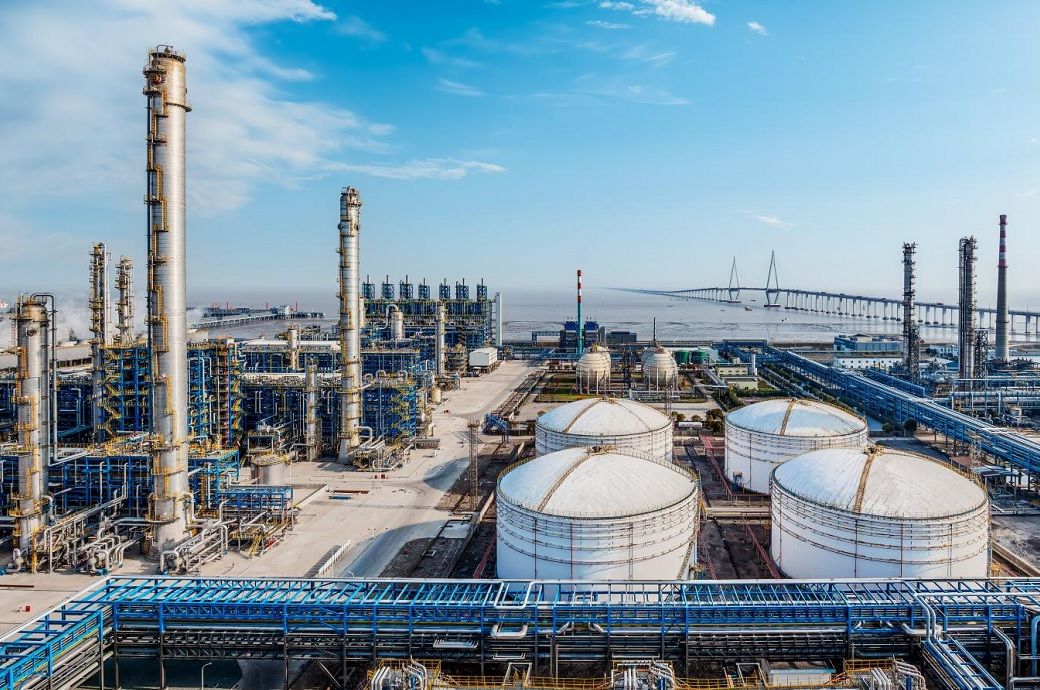
The treaty is designed to deal with the life cycle of plastics, from production through recycling and waste reduction, but it misses a large and growing segment of the petrochemical sector: the textile industry. Petrochemicals, derived from fossil fuels such as oil and natural gas, form the building blocks of products that are ubiquitous in modern life—plastics, fertilisers, detergents, adhesives, and synthetic fibres among other commodities. In 2024, the global petrochemical market value was $650 to $660 billion. Petrochemicals account for 16 per cent of the global oil demand and are projected to grow to 50 per cent of oil demand by 2050, according to the International Energy Agency.
The textile industry is deeply integrated into the petrochemical value chain. Synthetic fibres, particularly polyester (55 per cent), nylon (5 per cent), and acrylic (2 per cent) account for almost two-thirds of global textile production. The fibres are derived from key petrochemicals such as ethylene, paraxylene, and terephthalic acid, which are byproducts of crude oil refining. Polyester, derived from ethylene glycol and terephthalic acid, is the most widely used fibre globally, representing more than 80 per cent of synthetic fibre production and more than 55 per cent of all fibre production. The global polyester fibre market was valued at $100 billion in 2022 and is projected to exceed $150 billion by 2030. Thus, textiles represent a significant downstream application of petrochemicals. Some estimates suggest that between 10 per cent and 15 per cent of total petrochemical output is used in fibre and fabric production, making it a critical part of the petrochemical sector, the Institute for Energy Economics and Financial Analysis said on its website.
Synthetic textiles represent a critical nexus between the petrochemical industry and plastic pollution. As demand for synthetic fibres grows and oil producers seek alternative markets, the risk of pollution from textiles intensifies. Despite this impact, synthetic textiles have historically been excluded from most international legal frameworks addressing plastic pollution. The current drafts of the UN Global Plastics Treaty have yet to firmly establish textiles as a priority sector. This substantial omission not only limits the effectiveness of anti-pollution strategies but also allows a key petrochemical outlet to escape regulation. Without textile integration, efforts to cap plastic production may be circumvented by companies redirecting output to fibre manufacturing.
The treaty’s success depends on its comprehensiveness. Including textiles is essential to meeting the environmental, legal, and economic objectives, envisioned by the treaty.
ALCHEMPro News Desk (RR)
Receive daily prices and market insights straight to your inbox. Subscribe to AlchemPro Weekly!